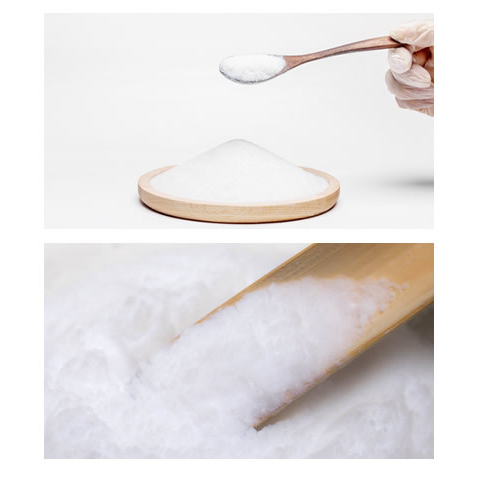Silica (SiO₂) is a compound composed of silicon and oxygen, and it is one of the most common minerals on Earth. It exists in various forms, including quartz, opal, and silica sand (quartz sand). At room temperature, it appears as a colorless, transparent crystal with high hardness and a high melting point. Silica is chemically very stable and does not readily react with other substances. It is an important component of glass, ceramics, and cement, and it is widely used in the construction, electronics, optics, and chemical industries.
The use of silica in human history dates back to ancient times, with early humans using silicon minerals like flint for tools and ignition. Quartz sand and other forms of silica also have a long history of use in construction and glass manufacturing.
Silica is abundant in nature, being one of the most plentiful minerals in the Earth's crust, primarily found in sand, rocks, and soil. Quartz is the main crystalline form of silica, while amorphous silica includes silica gel, precipitated silica, and fumed silica.
Precipitated silica is produced by the precipitation reaction of sodium silicate with acids like sulfuric acid. It has a porous structure, a moderate specific surface area (generally 100–300 m²/g), higher impurity content, and average dispersibility. This method is simple and low-cost.

Rubber and Tire Industry: Used as a reinforcing agent to improve product strength and wear resistance.
Food and Cosmetics: Functions as an anti-caking agent to prevent powdered substances from clumping.
Coatings and Inks: Employed as a matting agent and thickener.
Plastics and Polymers: Used to prevent caking and enhance mechanical strength.
Other Fields: Also widely used in toothpaste, pesticide carriers, and other fields where performance requirements are not extremely high.

Fumed silica is a nanoscale inorganic non-metallic material synthesized through high-temperature gas-phase reactions, typically the gas-phase hydrolysis of silicon tetrachloride in a high-temperature flame. It has extremely fine particles, a higher specific surface area (200–400 m²/g), extremely high purity (>99.9%), strong surface activity, and excellent dispersibility and thickening properties. Its manufacturing cost is high, and its price is expensive.
Fillers and Additives: Widely used in coatings, inks, plastics, and rubber to increase the mechanical strength and wear resistance of products.
Adhesives and Sealants: Acts as an active reinforcing filler, enhancing the mechanical properties of products.
Anti-sag and Anti-settling: Used as a rheological control additive in coatings and inks to prevent filler settling and pigment stratification.
High-Tech Fields: Suitable for high-tech fields such as electronic materials, cosmetics, and high-end silicone rubber, where special performance requirements are met.
While both precipitated silica and fumed silica are SiO2, they have significant differences in production process, physical properties, uses, and cost.
Precipitated silica is produced by the precipitation reaction of sodium silicate with acids like sulfuric acid. It has a porous structure, a moderate specific surface area (generally 100–300 m2/g), higher impurity content, and average dispersibility. This method is simple and low-cost, widely used in rubber products, toothpaste, pesticide carriers, coatings, and other fields where performance requirements are not extremely high.
Fumed silica is produced by the gas-phase hydrolysis of silicon tetrachloride in a high-temperature flame. It has extremely fine particles, a higher specific surface area (200–400 m2/g), extremely high purity (>99.9%), strong surface activity, and excellent dispersibility and thickening properties. It is suitable for high-tech fields such as adhesives, electronic materials, cosmetics, and high-end silicone rubber. Its manufacturing cost is high, and its price is expensive, typically used in products with special performance requirements.
Overall, precipitated silica is suitable for large-scale, cost-sensitive applications, while fumed silica is suitable for high-end applications requiring high purity, dispersibility, and performance. The choice between the two types of silica should be based on specific product needs, performance indicators, and budget.
Contact: Tony Li
Phone: +86-13263299644
Tel: +86-13263299644
Email: sales@ecoviaet.com
Add: No 3 Youyi Road,Tangshan,Huantai,Zibo,China
We chat
